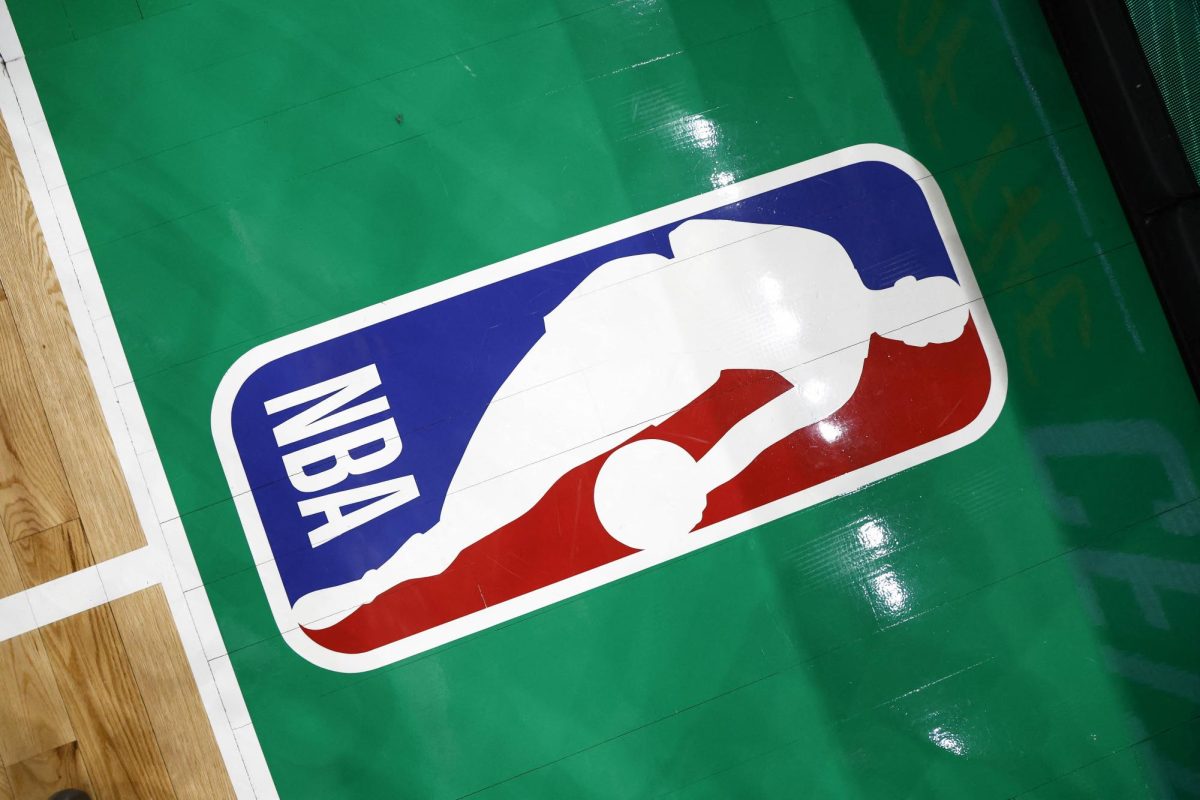By Jack McGinn
Parents should not allow their children to play tackle football because the sport carries potential for severe brain damage. Football is second, behind only cycling, in the average number of traumatic brain injuries per year. These traumatic injuries are typically much more severe when involved with football than other sports or activities.
According to a study conducted by Dr. Barry Boden, an orthopaedic surgeon, and a few of his colleagues, an average of 12 youth football players die every year as a direct result of injuries sustained while playing. There are also many cases every year in which deaths seem heavily related to football, but they can’t be pinpointed on football alone. Fatalities are a possibility in any sport, but football poses a unique threat. Of the four major team sports, football results in the most total injuries, concussions, and deaths per year.
Football is the most popular high school sport in the country with twice as many participants as the next closest sport, track and field. The human brain continues to develop until age 25. That means high school and youth football players are put at an even greater risk of severe brain injuries than professionals. One hit to the head could cause permanent brain damage for youth athletes as young as five years old. It’s a steep price to pay, even to play a game you love.
One issue that has surrounded the football for years is knowledge and treatment of concussions. Julian Bailes, a neurosurgeon at the University of Chicago, estimates the typical college football player has sustained 8,000 hits to the head by the time they leave college. The Department of Veterans Affairs and Boston University researchers recently studied the brains of deceased football players. They found that 87 out of 91(96%) of the players had a brain disease known as Chronic Traumatic Encephalopathy(CTE). They also did a study of former high school, college, and semi-pro football player’s brains and found 79% of them currently have CTE. CTE is a progressive degenerative disease of the brain found as a result of multiple traumatic hits to the head. Some of the symptoms of CTE are memory loss, suicidality, aggression, confusion, depression, anxiety, parkinsonism, and progressive dementia.
I love football, but I think the risk of brain damage makes it not worth playing.
Sources:
“Concussion Facts | Sports Concussion Institute.” Concussion Facts | Sports Concussion Institute. N.p., n.d. Web. 11 Dec. 2015.
“Could This Test Help Prevent High School Football Deaths? – CNN.com.” CNN. Cable News Network, n.d. Web. 11 Dec. 2015.
“87 Deceased NFL Players Tested Positive for Brain Disease – The Boston Globe.” BostonGlobe.com. N.p., n.d. Web. 11 Dec. 2015.
“Fatalities in High School and College Football Players.” Fatalities in High School and College Football Players. N.p., n.d. Web. 11 Dec. 2015.
“Move Over Football, Cycling Is The Biggest Cause of Sports-Related TBI.” Traumatic Brain Injury. N.p., n.d. Web. 11 Dec. 2015.
“The Tragedy of CTE: A Brain Disease That Afflicts Athletes.” Pittsburgh Post-Gazette. N.p., n.d. Web. 15 Dec. 2015.
–http://ajs.sagepub.com/content/41/5/1108.abstract
–http://www.concussiontreatment.com/concussionfacts.html
–http://www.cnn.com/2015/10/23/health/preventing-football-deaths/






